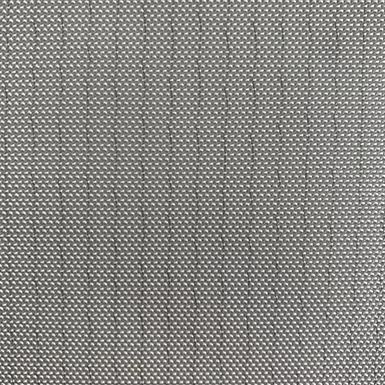Among the numerous industrial fabrics, conveyor belt fabrics are highly used in various industrial sectors. These fabrics are manufactured by spinning yarn and utilizing the process of weaving to form fabric. Generally, there are two kinds of fabrics, namely monofilament and multifilament.
The main characteristics of these fabrics are high stiffness and tensile strength, low elongation, and excellent adhesion. The properties of these fabrics are largely determined by the yarn composition. Conveyor belt fabrics are made from yarns that are woven together in a specific pattern. These yarns can be fabricated from nylon, polyamide, or aramid. Several factors such as the material to be carried, the environment to be used, and the strength and tensile strength of the material are considered by the manufacturer.
The weaving structure of the fabric is also important. There are two types of weaves that are generally used in conveyor belt fabrics: plain weave and multifilament. The former assumes a sine-wave like configuration while the latter is woven in a criss-cross pattern.
The weaving structure of the fabric also has an impact on the fabric's noise behavior. The weave pattern also influences the coefficient of friction. The weave type also affects the fabric's strength and elasticity. In addition, the weave pattern can also impact the release properties of the fabric.
The main characteristic of these fabrics is high tensile strength and a service factor of at least eight to one. This is a ratio between the maximum breaking strength of a belt and its ultimate tensile strength. It is used to determine the best belt for a specific system.
Traditionally, conveyor belts are made with cotton yarns. However, modern man-made fabrics are superior in several ways. For example, they are resistant to chemicals, heat, and moisture. They also have excellent tensile strength and flexibility. The fabric is also resistant to fraying. Compared to natural fabrics, man-made fabrics offer low elongation and have high strength.
The warp material is mainly made from aramid or polyester. These fabrics are made with nylon fills and lengthwise and crosswise yarns. The fills provide excellent tensile strength while the yarns provide excellent flexibility. The combination of these two textiles gives the conveyor belt fabric the best properties of both textiles.


Product Features:
Anti-oil, anti-skid, climbing, anti-acid and alkali, anti-heat, anti-cold, anti-flame and anti-corrosion, anti-moisture, anti-low temperature, anti-high temperature, oil-resistant, heat-resistant, cold-resistant, low-temperature-resistant, high-temperature-resistant, acid-resistant and flame-retardant conveyor belt.
Product Usage:
Lightweight conveyor belt application industry classification: in electronics, electrical appliances, home appliances, injection molding, machinery, tobacco, food, printing, post and telecommunications and other industries, as well as object assembly, testing, debugging, packaging and transportation.
.png?imageView2/2/format/jp2)
 English
English 中文简体
中文简体















